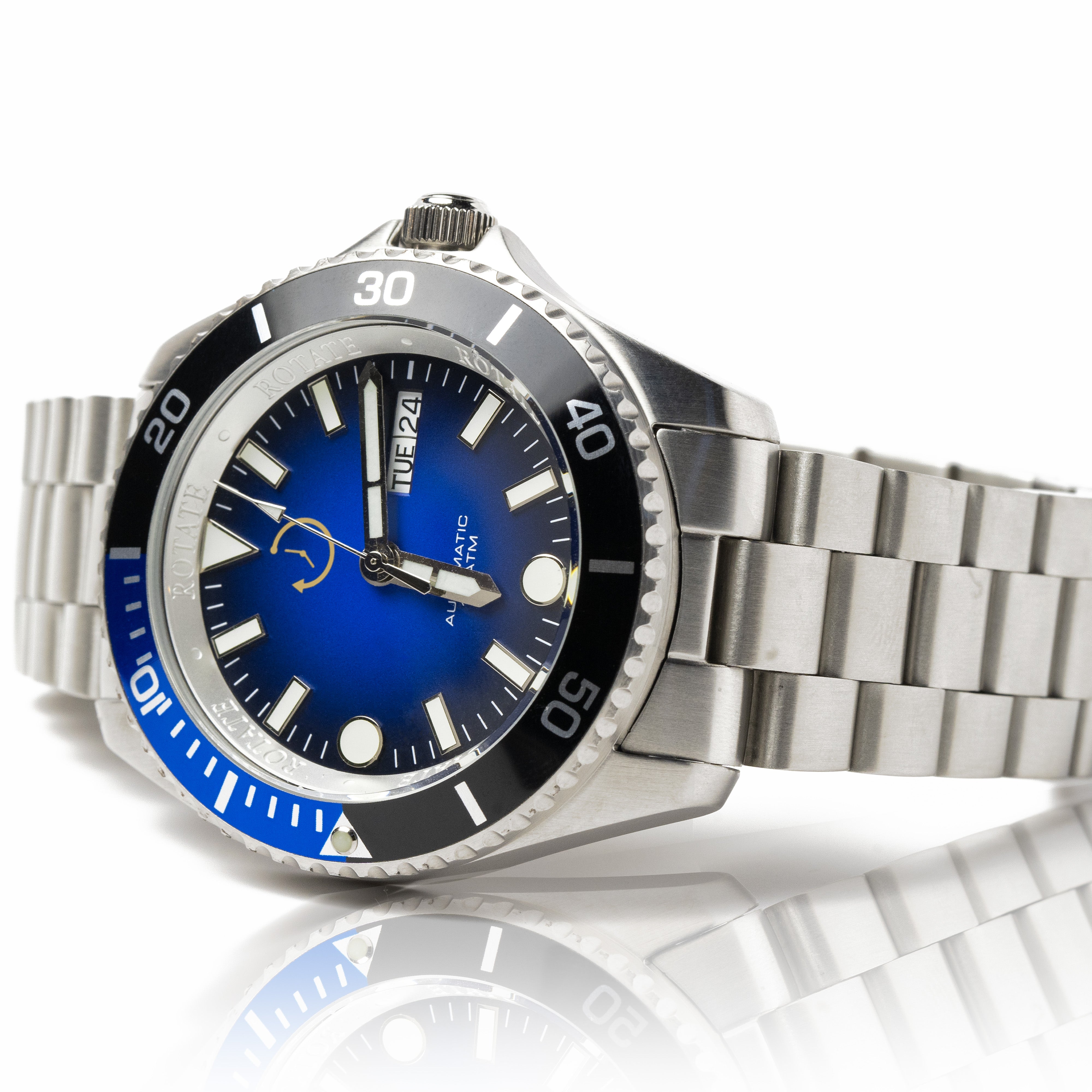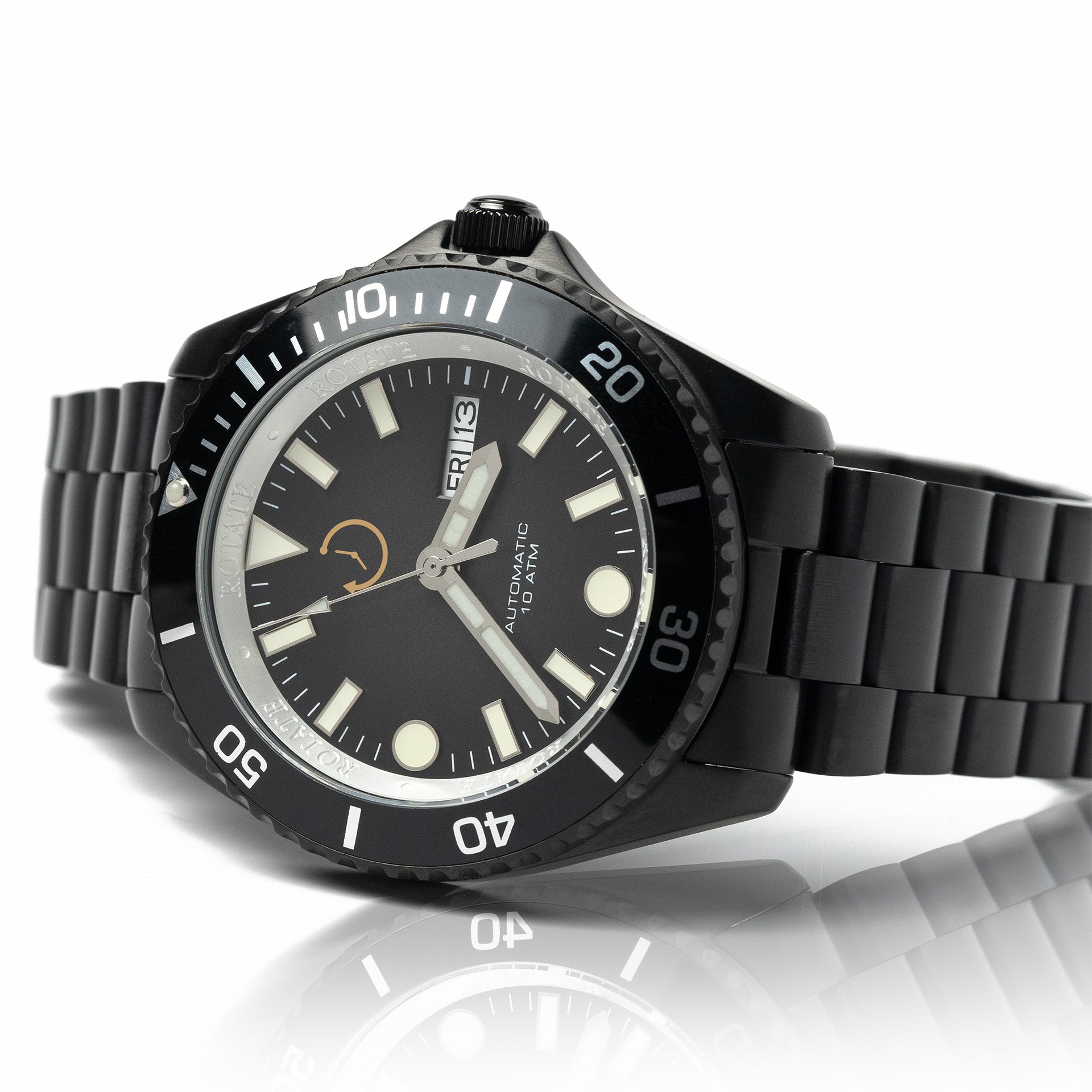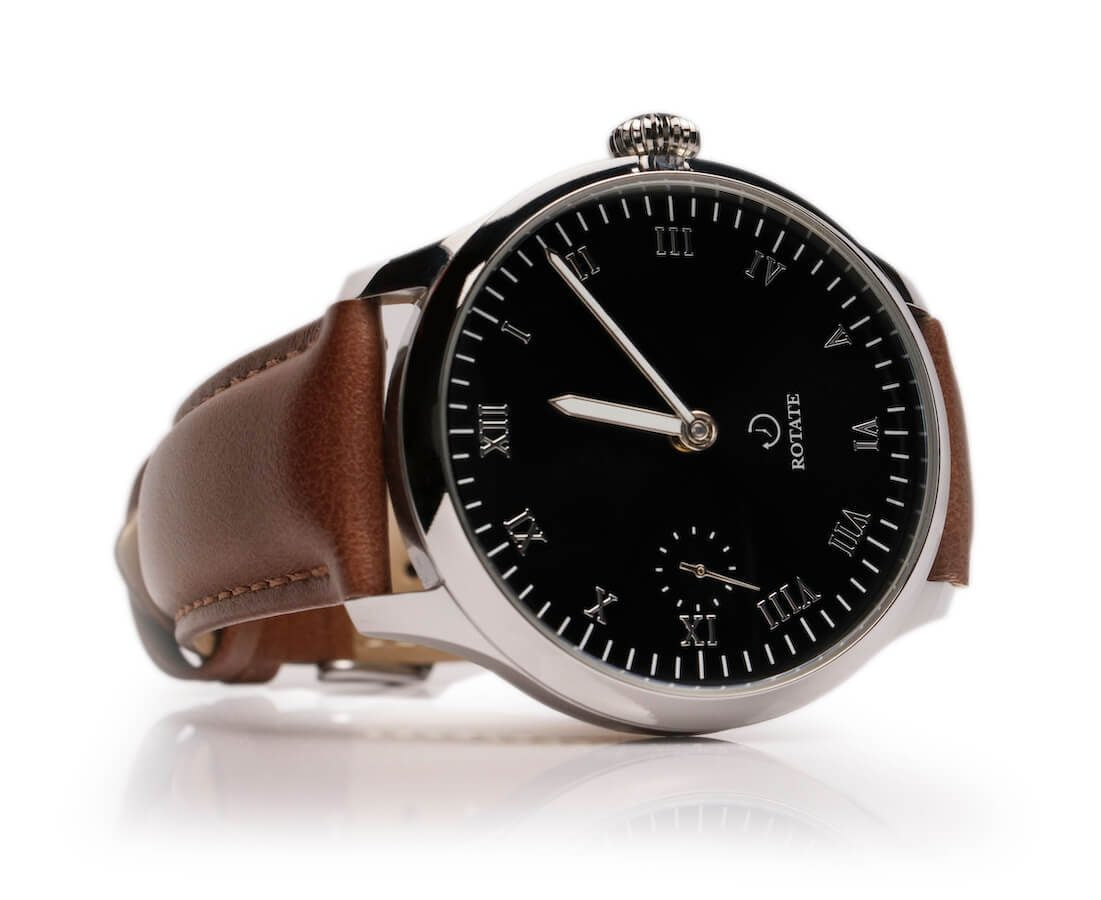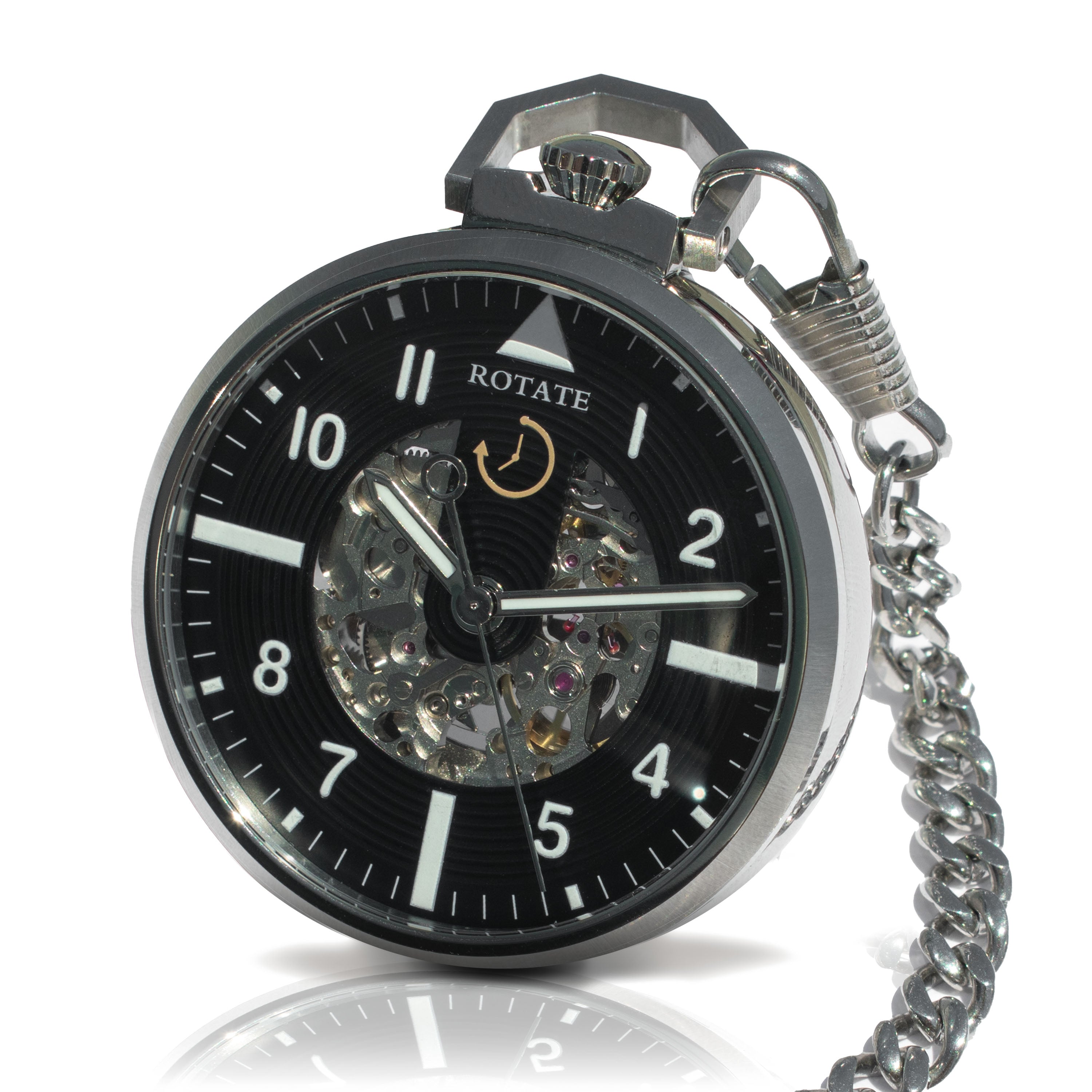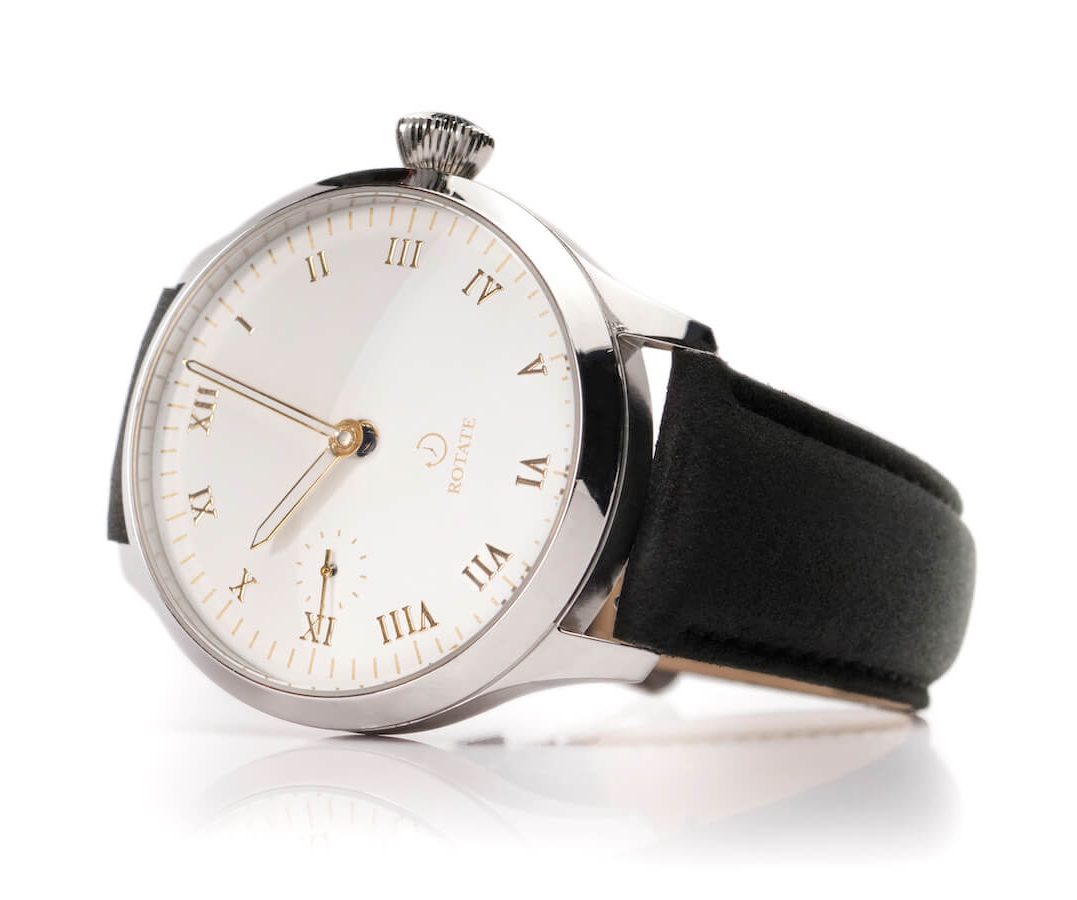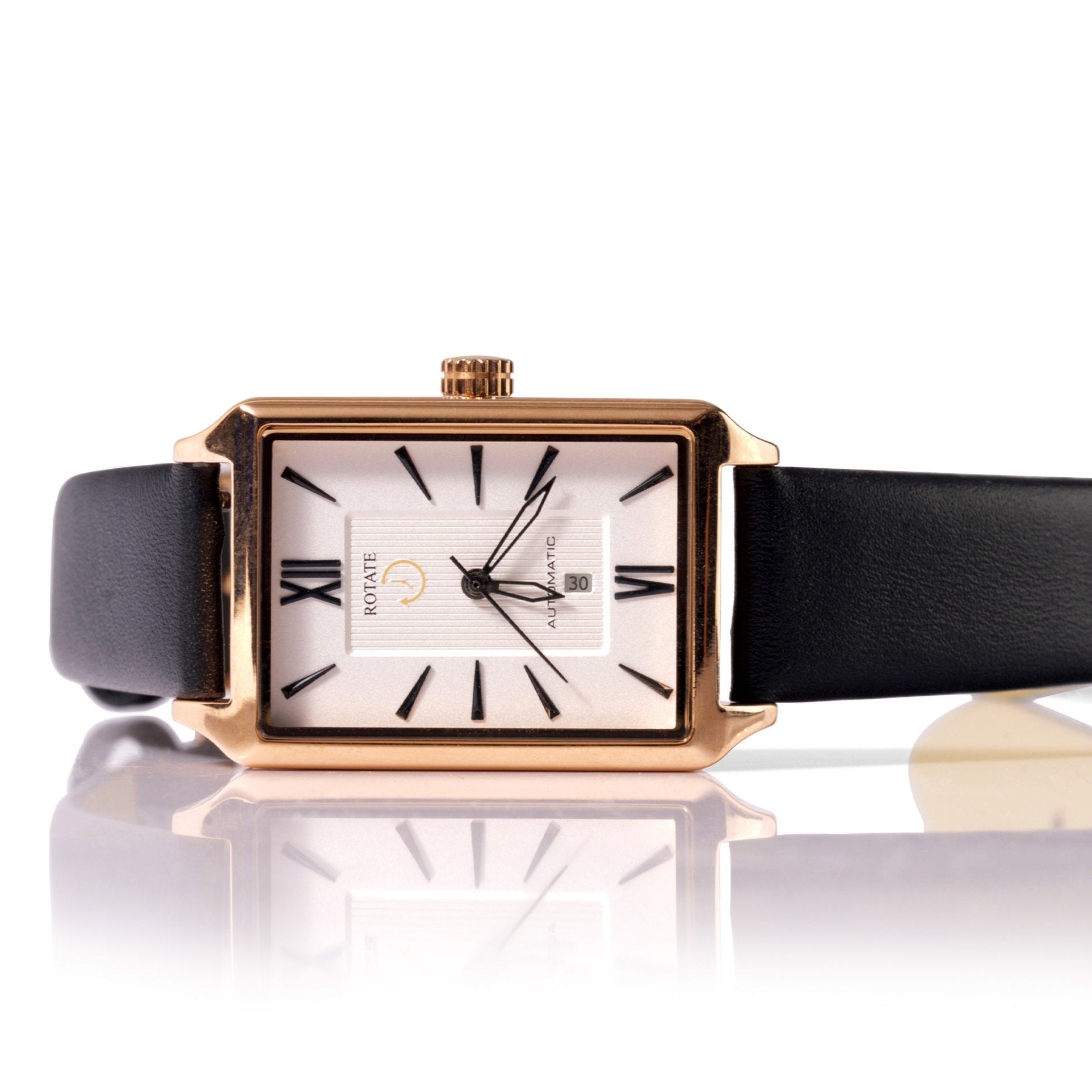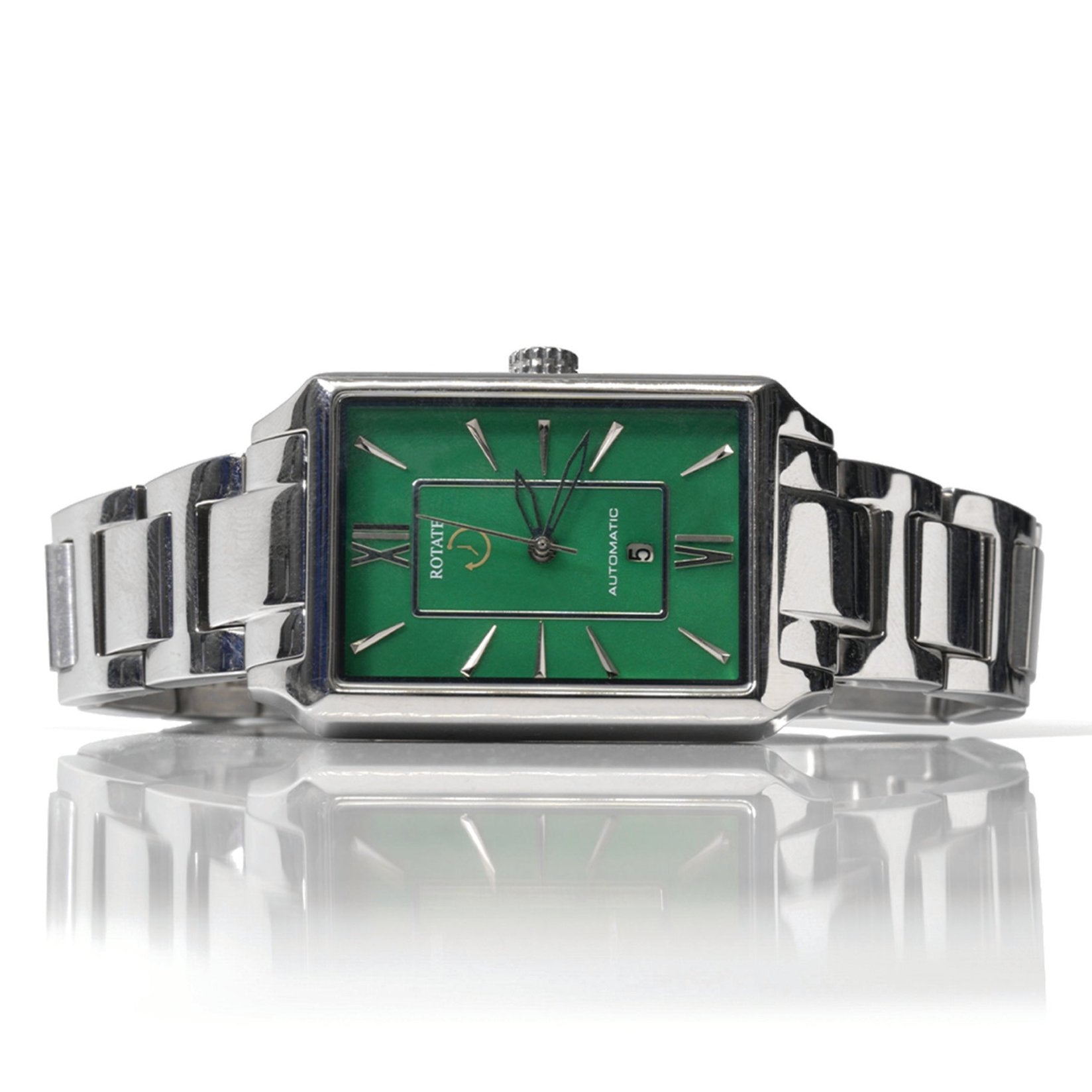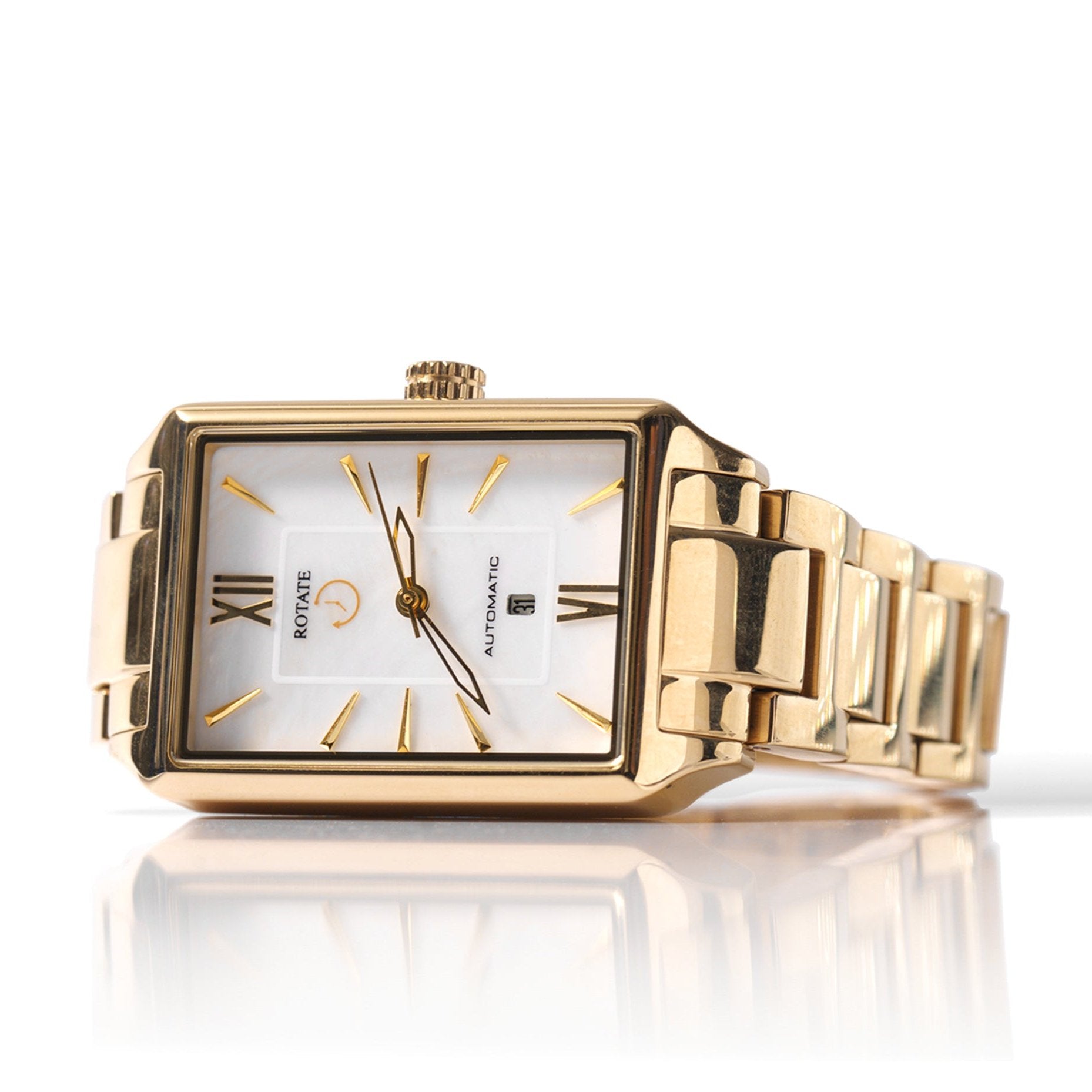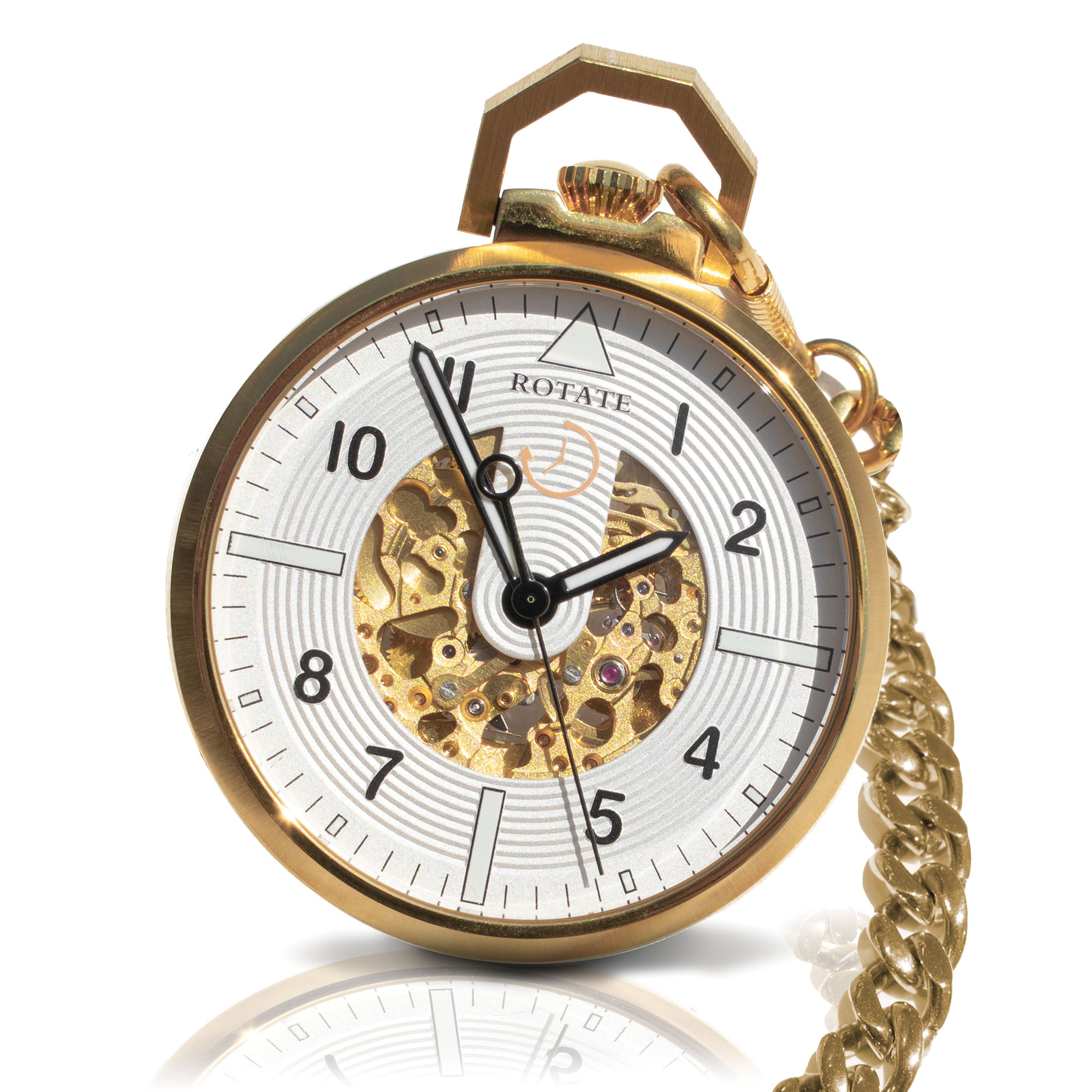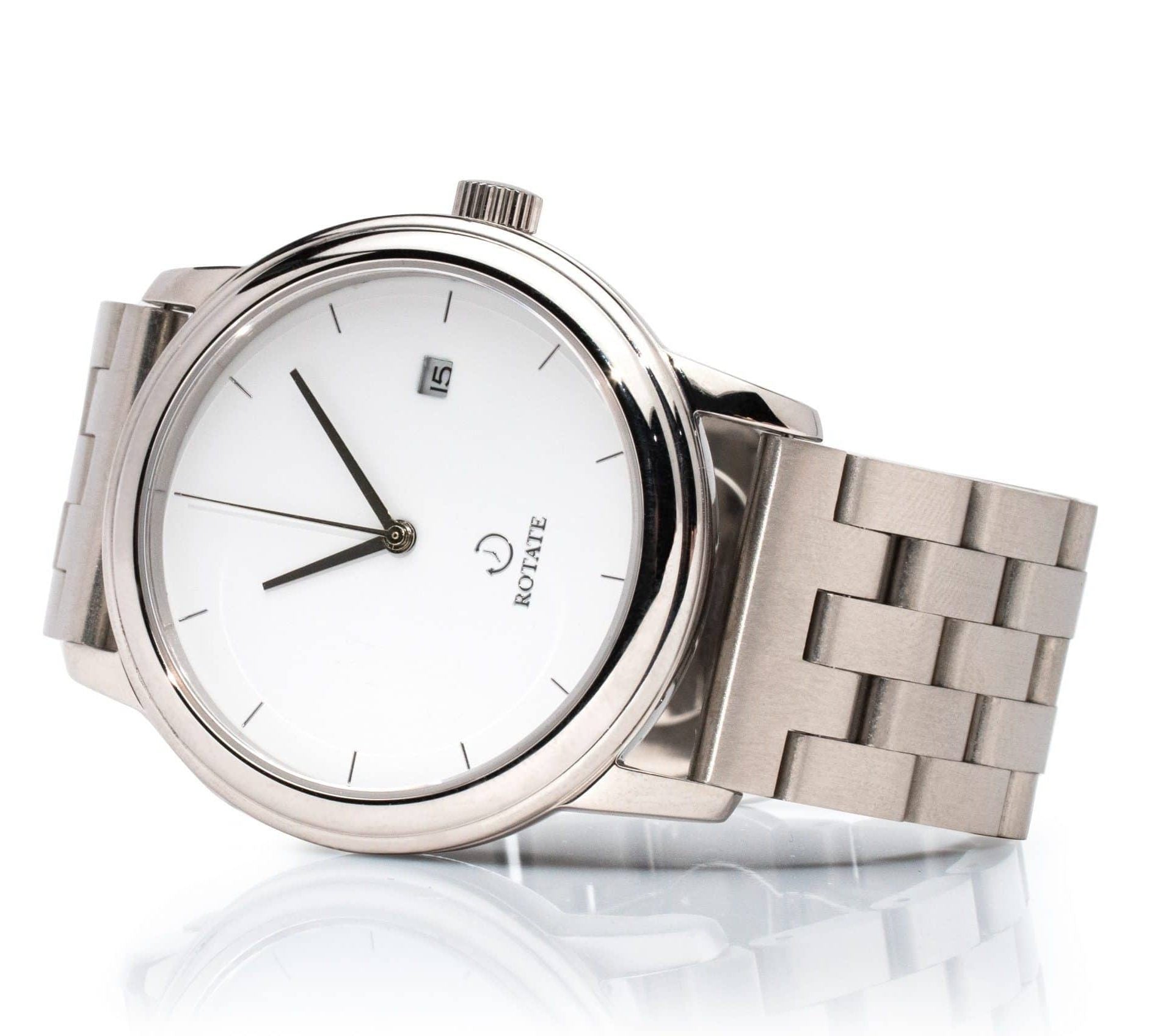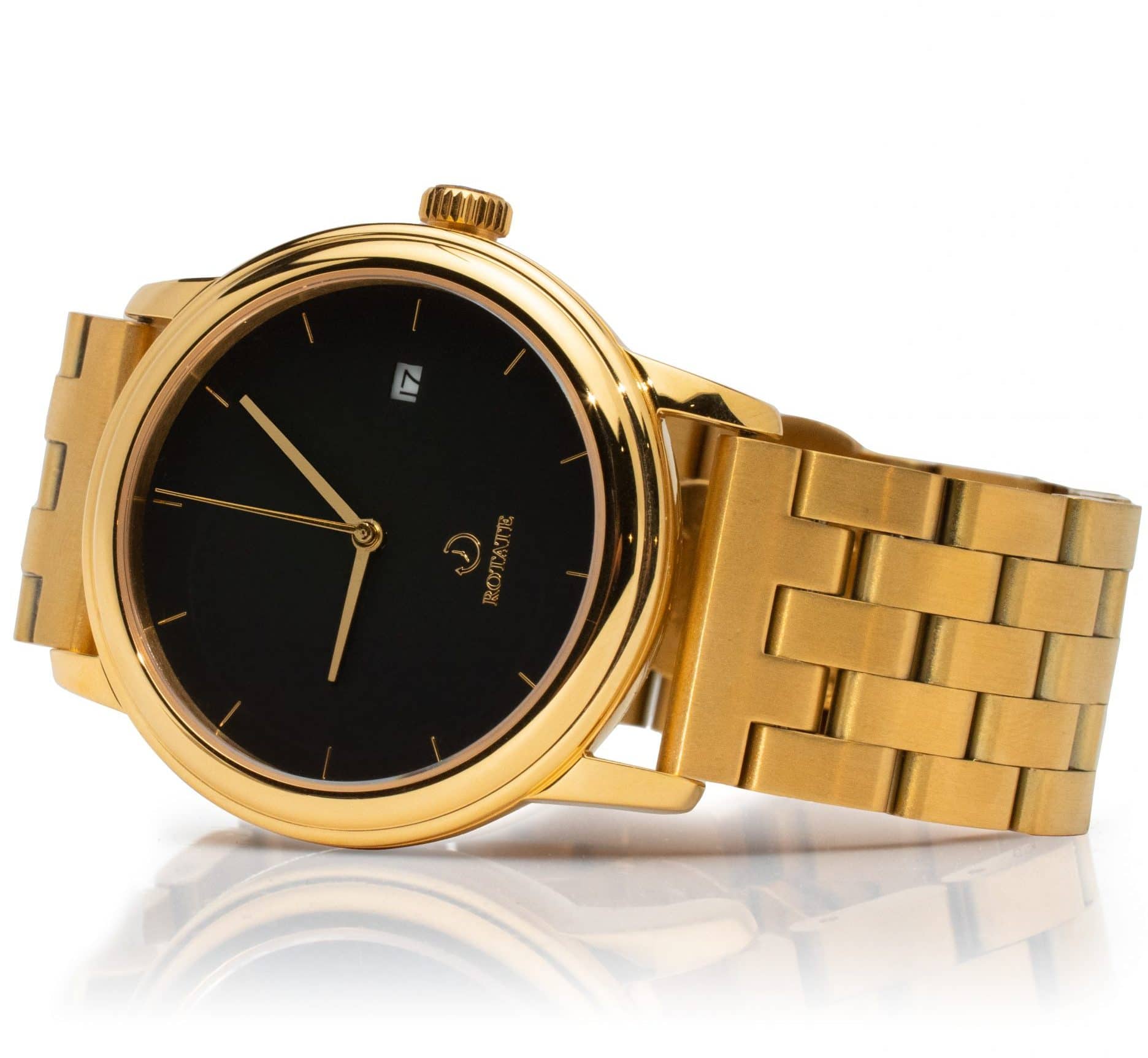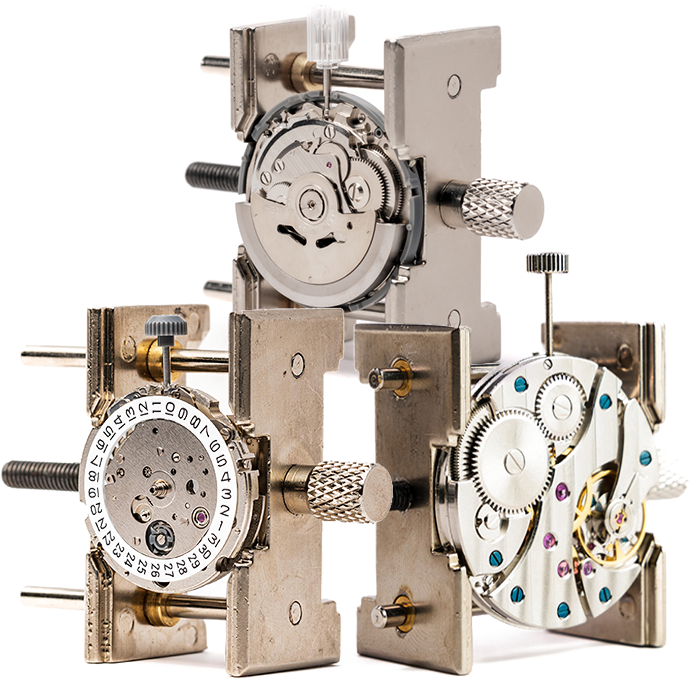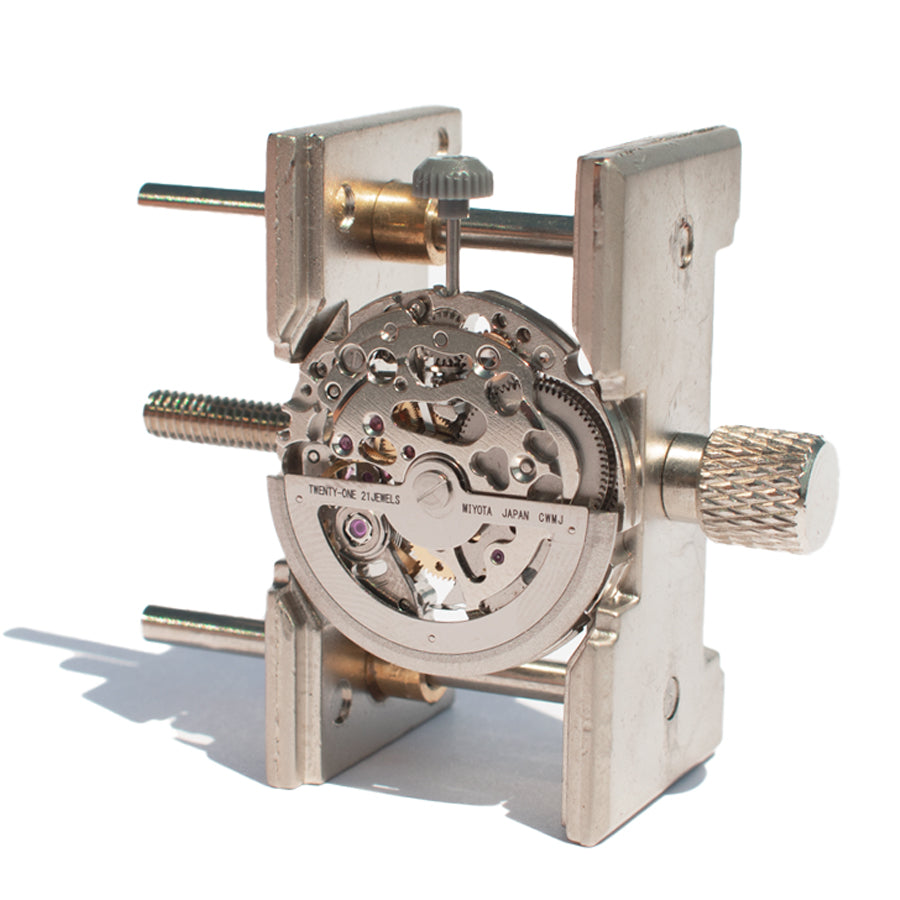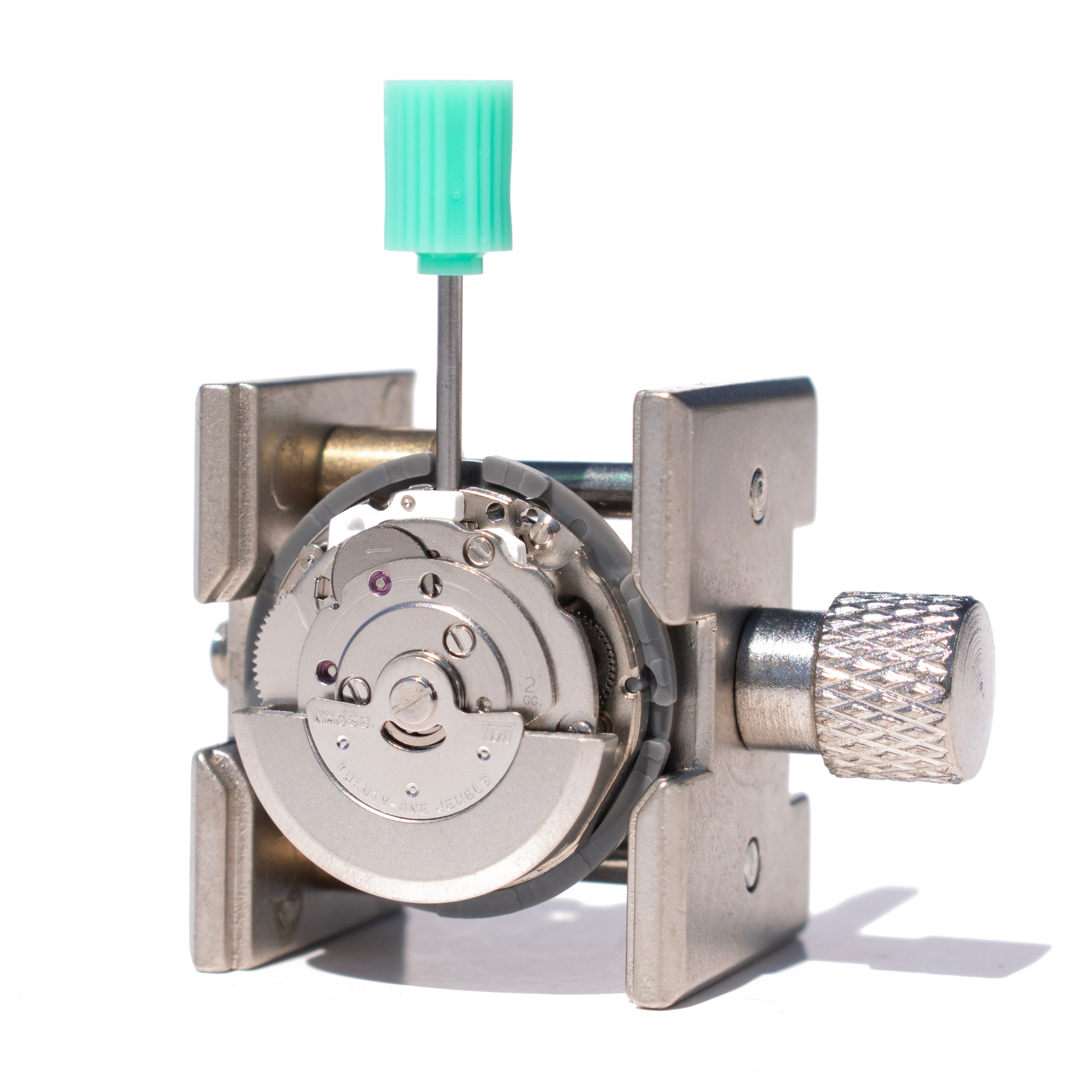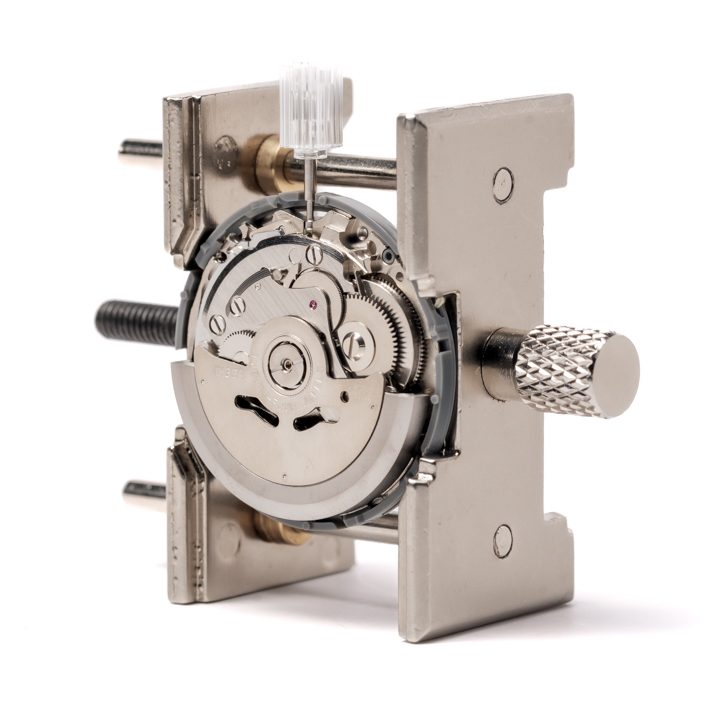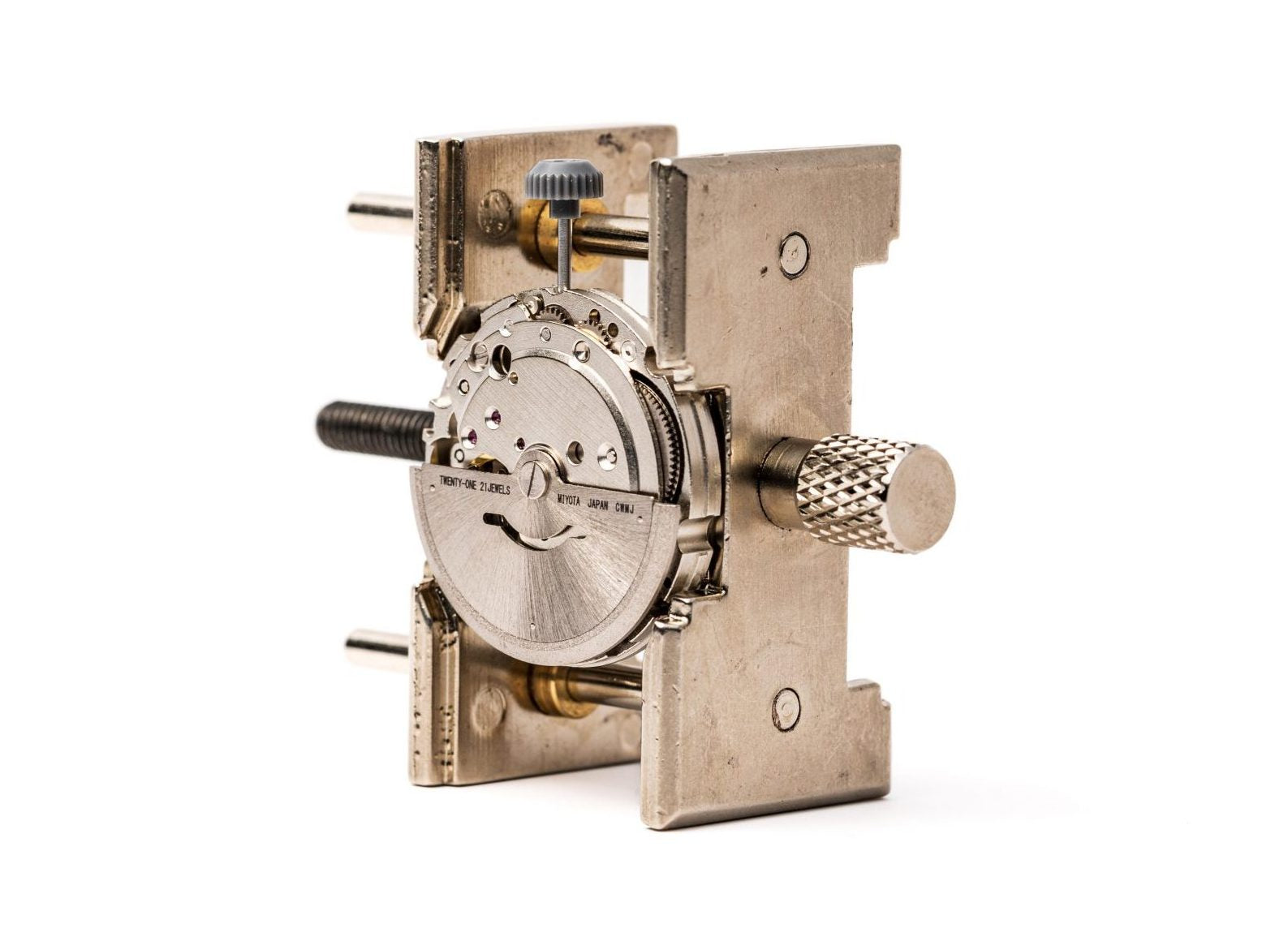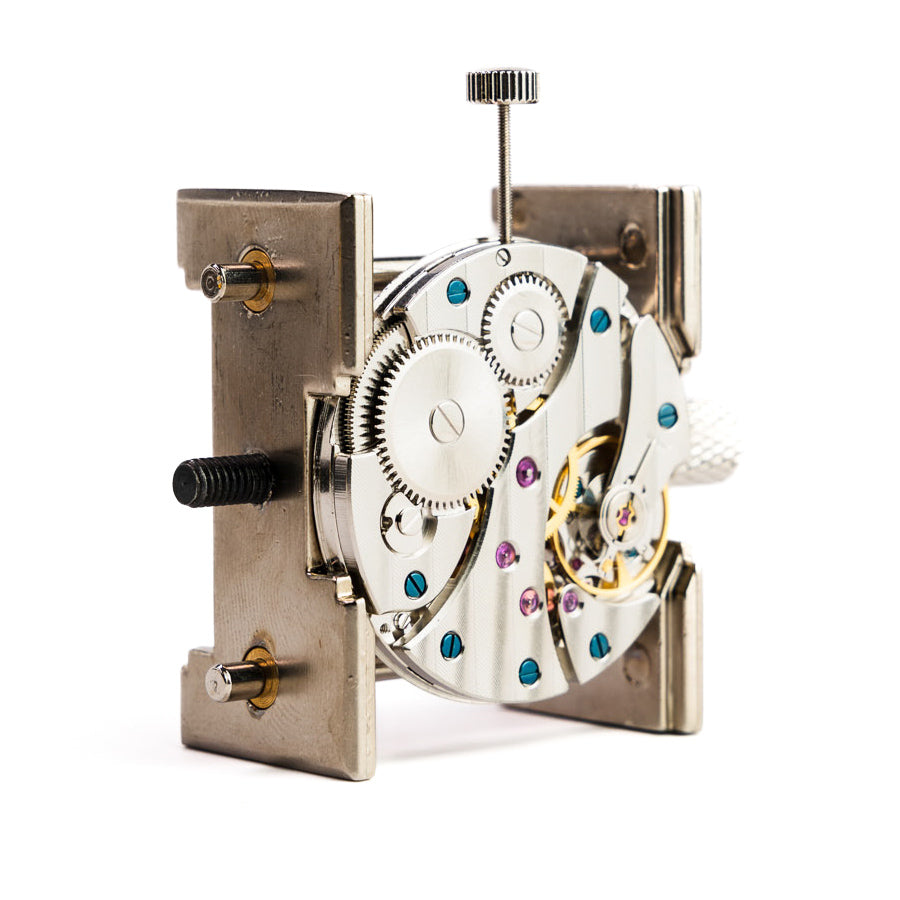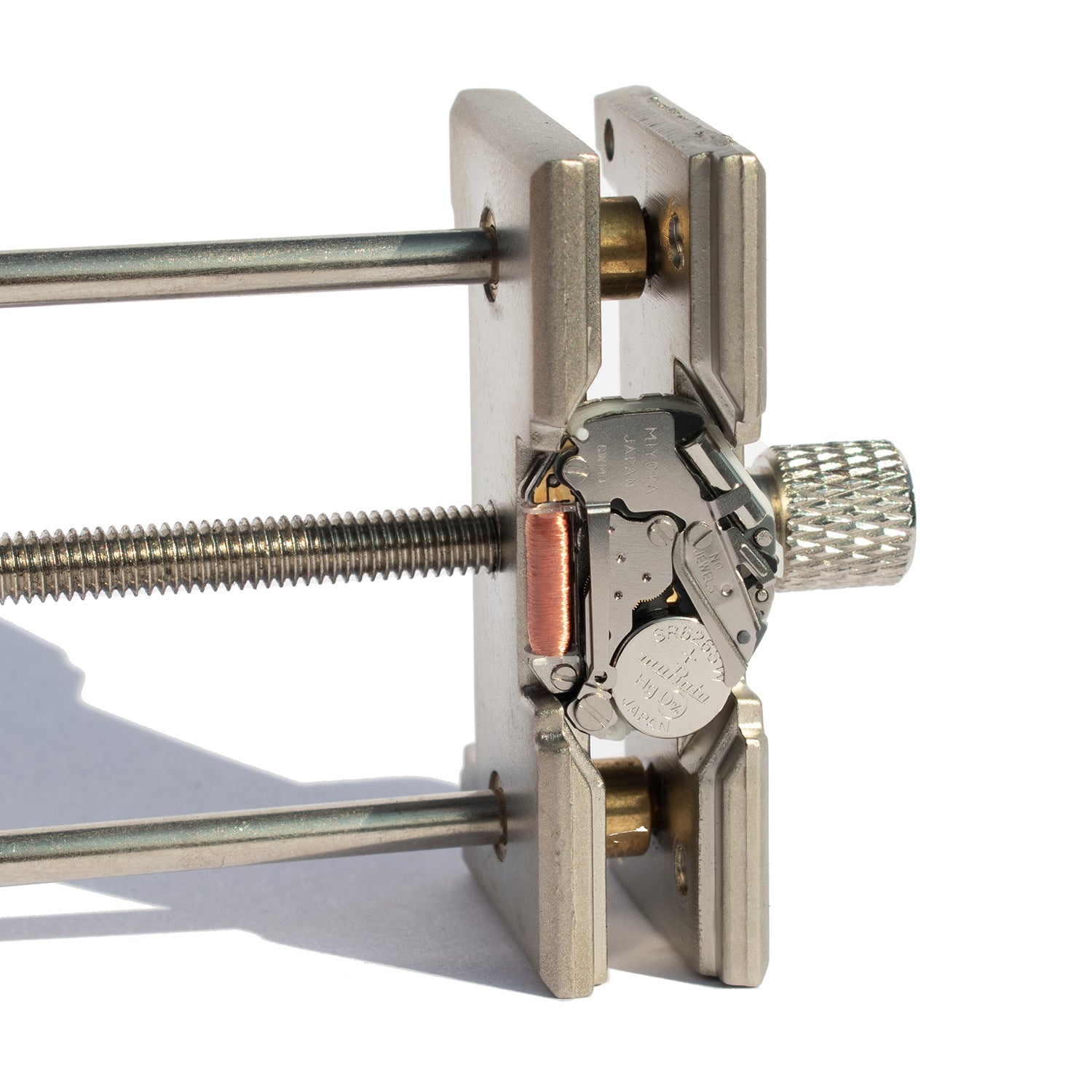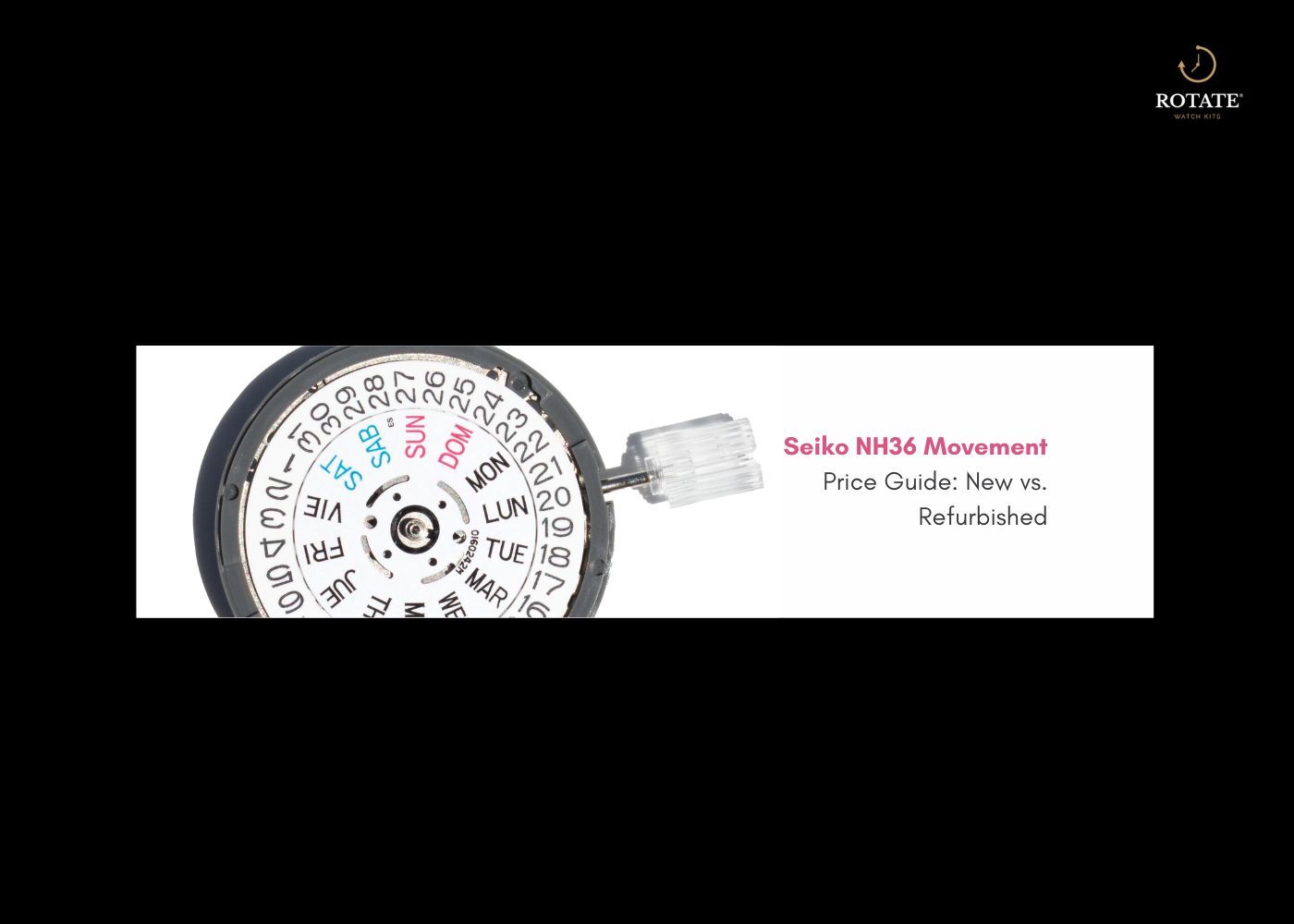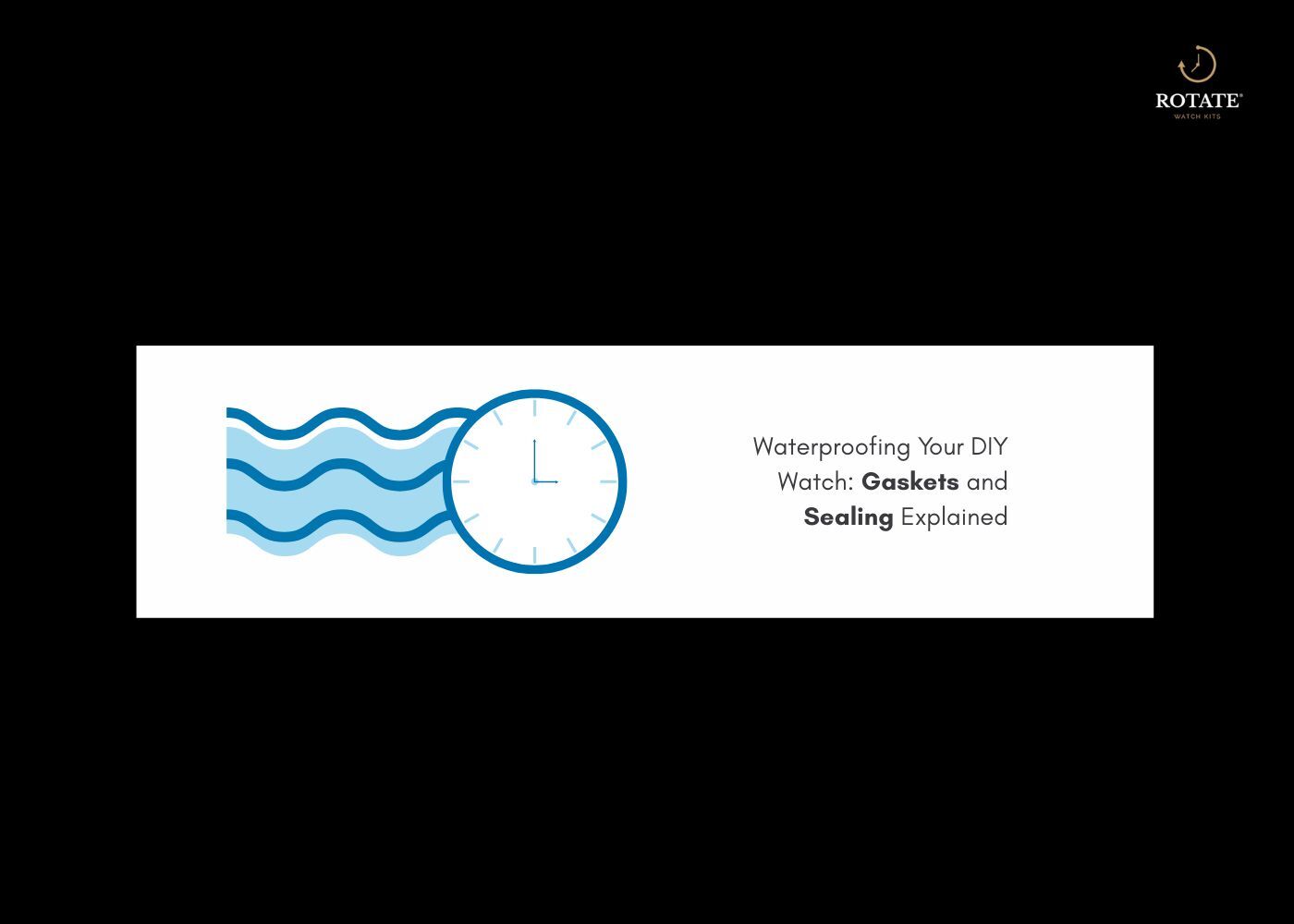
Waterproofing Your DIY Watch: Gaskets and Sealing Explained
Key Takeaways
-
Watch gaskets create sealed barriers at the caseback, crown, and crystal to prevent water intrusion
-
Water resistance ratings measure pressure tolerance, not submersion depth or swimming suitability
-
DIY watch water resistance improvements require proper gasket replacement, lubrication, and careful assembly
-
Pressure testing remains essential after any gasket service or before water exposure
-
Regular gasket inspection every 12-18 months prevents moisture damage and maintains sealing integrity
What Does It Mean to Waterproof a Watch?
The term "waterproof" creates unrealistic expectations. No watch achieves true waterproofing. Instead, timepieces achieve water resistance through multiple sealing points working together.
Water resistance ratings measure atmospheric pressure tolerance. A 5 ATM rating (50 meters) handles splashes and brief immersion, not swimming. Understanding these distinctions prevents costly moisture damage.
The watch industry abandoned "waterproof" terminology decades ago. Modern watches display water resistance ratings in meters or ATM, indicating tested pressure tolerance under laboratory conditions.
Read our detailed comparison of water resistant vs waterproof watches for complete clarity.
Understanding Water Resistance Ratings
Different activities require specific ratings. Handwashing needs 3 ATM minimums. Swimming demands 10 ATM. Diving requires 20 ATM or higher with proper dive watch construction.
Temperature changes, aging gaskets, and normal wear reduce these ratings over time. Annual testing maintains reliable water resistance.
How Watch Gaskets Keep Water Out
Watch gaskets function as compressed rubber barriers between metal components. When properly seated and compressed, they create watertight seals preventing moisture intrusion.
Types of Gaskets in Watchmaking
Different watch components require specific gasket designs. Caseback gaskets use O-rings or flat profiles depending on case construction. Crown gaskets employ multiple O-rings creating redundant sealing.
Crystal gaskets typically use flat compression seals around the dial perimeter. Chronograph pushers incorporate tiny O-rings vulnerable to damage during operation.
Gasket Materials and Their Properties
Modern watch gaskets use synthetic materials optimized for compression and longevity. Nitrile rubber offers good general performance. Silicone provides temperature stability. Viton delivers superior chemical resistance.
Each material has specific compression characteristics affecting sealing performance. Matching material to application ensures optimal water resistance.
Common Entry Points for Water in a Watch
Water finds the path of least resistance. Understanding vulnerable points helps target waterproofing watches efforts effectively.
The Caseback Seal
The caseback represents the largest sealing surface. Screw-down casebacks compress gaskets evenly when properly tightened. Snap-on backs rely on friction and gasket compression, offering less reliable sealing.
Crown and Stem Vulnerability
The crown stem penetrates the case, creating an inherent weak point. Proper crown gasket maintenance and correct threading depth ensure reliable sealing.
Screw-down crowns compress multiple gaskets when fully engaged. Push-pull crowns offer minimal water resistance regardless of gasket condition.
Crystal and Pusher Seals
Crystals seal against flat gaskets compressed by retaining rings or bezels. Chronograph pushers introduce additional penetration points requiring individual O-ring seals.
Can You Waterproof a Watch Yourself?
DIY watch water resistance improvements have clear limitations. Gasket replacement and basic sealing suits home workshops. Pressure testing and deep water resistance ratings require proper equipment.
When DIY Waterproofing Works
Simple watches with screw-down casebacks accept home gasket replacement. Basic tools include case knives, tweezers, and silicone grease. Success requires patience and attention to cleanliness.
Learn proper watch handling in our mechanical watch basics guide.
Step-by-Step Guide on How to Waterproof a Watch
Enhancing DIY watch water resistance follows systematic procedures ensuring reliable results.
Inspecting Gasket Channels
Remove the caseback carefully. Examine gasket channels for debris, corrosion, or damage. Clean channels with isopropyl alcohol and lint-free cloth.
Replacing Worn Gaskets
Measure old gaskets or reference case specifications. Purchase quality replacement gaskets matching original dimensions. Avoid stretching gaskets during installation.
Applying Proper Lubrication
Apply thin silicone grease layers to gasket surfaces. Avoid petroleum-based products degrading rubber. Less lubrication performs better than excess creating sealing gaps.
Reassembly and Testing
Thread screw-down backs carefully, avoiding cross-threading. Tighten evenly following manufacturer torque specifications. Test basic water resistance by observing condensation during temperature changes.
Building watches from quality components ensures proper gasket compatibility. Explore our complete watchmaking kits featuring properly sized gaskets and sealing components.
How to Choose the Right Watch Gasket for Your Project
Gasket selection determines sealing success. Measuring and material choice require precision.
Measuring Gasket Dimensions
Measure inner diameter, outer diameter, and thickness using calipers. Round measurements to standard sizes. Order slightly oversized rather than undersized gaskets when specifications fall between standards.
Material Selection for Different Applications
Standard watches accept nitrile rubber gaskets. Higher water resistance requires Viton. Extreme temperature applications need silicone. Match material to intended use and environmental exposure.
OEM vs Aftermarket Quality
Original equipment manufacturer gaskets guarantee dimensional accuracy. Quality aftermarket options cost less while maintaining performance. Avoid cheap bulk gaskets compromising sealing reliability.
Understanding different watch movements helps select appropriate components. Read about Japanese watch movements and their sealing requirements.
Signs Your Watch Gasket Needs Replacing
Regular inspection prevents moisture damage. Several indicators signal gasket failure.
Condensation under the crystal reveals compromised sealing. Visible water intrusion demands immediate attention. Cracked, flattened, or brittle gaskets lose compression ability.
Battery changes disturb caseback seals. Replace gaskets during every battery service maintaining water resistance.
DIY Watch Waterproofing Mistakes to Avoid
Common errors compromise waterproofing watches efforts. Understanding pitfalls prevents costly damage.
Over-Tightening Risks
Excessive force deforms gaskets and damages threads. Follow manufacturer torque specifications. Hand-tight plus one-quarter turn suits most screw-down backs.
Wrong Lubricants
Petroleum products dissolve rubber gaskets. Use only silicone-based watch greases. Apply sparingly for optimal results.
Skipping Testing
Assumptions about water resistance lead to ruined movements. Always test sealing before water exposure. Simple condensation tests reveal gross failures.
Misunderstanding Ratings
Sealed doesn't mean swimmable. Respect water resistance ratings. A 3 ATM watch handles handwashing, not swimming.
Keeping Your DIY Watch Water-Ready
Long-term water resistance requires ongoing attention.
Regular gasket inspection every 12-18 months prevents surprises. Replace gaskets showing any compression loss, cracking, or hardening. Store watches in stable temperature and humidity conditions.
Quality components matter for lasting water resistance. Our Seiko NH36 movement kits include properly sized gaskets and sealing components for reliable DIY watch building.
Start your watchmaking journey with Rotate Watches, where complete DIY kits transform curiosity into craftsmanship. Browse our movement kits collection to find your perfect match, from complete watch kits to intricate movement kits.
FAQs
Q1. Can you make any watch waterproof?
Ans. No watch achieves true waterproofing. You can improve water resistance through gasket replacement and proper sealing, but pressure testing limitations exist. Watches designed without water resistance rarely accept meaningful improvements.
Q2. How often should watch gaskets be replaced?
Ans. Replace watch gaskets every 2-3 years or whenever opening the case. Battery changes require new gaskets. Environmental exposure accelerates degradation requiring more frequent replacement.
Q3. What tools do you need to waterproof a watch?
Ans. Basic DIY watch water resistance requires case knives, tweezers, silicone grease, and replacement gaskets.
Q4. Can you swim with a 5 ATM watch?
Ans. 5 ATM watches handle splashes and brief immersion, not swimming. Swimming requires a minimum 10 ATM rating. Ratings measure pressure tolerance, not actual submersion depth or activity suitability.
Q5. Does opening a watch case ruin water resistance?
Ans. Opening the case disturbs gasket seals. Water resistance requires gasket replacement and proper reassembly after any opening. Testing confirms sealing integrity after service.
Q6. What causes watch gaskets to fail?
Ans. Age, temperature cycling, and compression fatigue degrade gaskets. Improper lubrication accelerates failure. Using petroleum products dissolves rubber materials. Normal wear requires periodic replacement maintaining water resistance.
{ "@context": "https://schema.org", "@type": "FAQPage", "mainEntity": [ { "@type": "Question", "name": "Can you make any watch waterproof?", "acceptedAnswer": { "@type": "Answer", "text": "No watch achieves true waterproofing. You can improve water resistance through gasket replacement and proper sealing, but pressure testing limitations exist. Watches designed without water resistance rarely accept meaningful improvements." } }, { "@type": "Question", "name": "How often should watch gaskets be replaced?", "acceptedAnswer": { "@type": "Answer", "text": "Replace watch gaskets every 2-3 years or whenever opening the case. Battery changes require new gaskets. Environmental exposure accelerates degradation requiring more frequent replacement." } }, { "@type": "Question", "name": "What tools do you need to waterproof a watch?", "acceptedAnswer": { "@type": "Answer", "text": "Basic DIY watch water resistance requires case knives, tweezers, silicone grease, and replacement gaskets." } }, { "@type": "Question", "name": "Can you swim with a 5 ATM watch?", "acceptedAnswer": { "@type": "Answer", "text": "5 ATM watches handle splashes and brief immersion, not swimming. Swimming requires a minimum 10 ATM rating. Ratings measure pressure tolerance, not actual submersion depth or activity suitability." } }, { "@type": "Question", "name": "Does opening a watch case ruin water resistance?", "acceptedAnswer": { "@type": "Answer", "text": "Opening the case disturbs gasket seals. Water resistance requires gasket replacement and proper reassembly after any opening. Testing confirms sealing integrity after service." } }, { "@type": "Question", "name": "What causes watch gaskets to fail?", "acceptedAnswer": { "@type": "Answer", "text": "Age, temperature cycling, and compression fatigue degrade gaskets. Improper lubrication accelerates failure. Using petroleum products dissolves rubber materials. Normal wear requires periodic replacement maintaining water resistance." } } ] }


